Disposable plastic cups have become an indispensable tool for gatherings, parties, seminars, etc. You can find models with lids and many buy them in bulk because they are used often and run out sooner than expected.
There is a wide range of opinions about the impact of plastic on the natural world, as well as the extent to which the material is recycled. We want cups that look like glass but at the price of plastic, and when we’re done with them, we want them to disappear into thin air.
Unfortunately, there is no such thing, and it is unlikely that there ever will be. The reality is a series of decisions that must balance cost, quality, environmental impact, and yes, public relations.
However, that doesn’t mean there aren’t any viable options available, as some cups are undeniably “greener” and more environmentally friendly than others. Additionally, each year brings new product advancements that simplify the options available.

The way plastic is produced is highly dependent on the type of plastic used to produce plastic cups. The type of plastic used in the production of plastic cups also has a significant effect on the impact of these cups on the surrounding environment (we will discuss environmental effects later). PET, rPET, and PLA are three distinct types of plastic that are available.
When it comes to plastic cups and the process of making plastic cups, it makes a difference whether the cups are disposable or reusable plastic cups, for example. In addition to reusable plastic cups, you may have heard of hard plastic cups.
The production process of plastic cups, as well as the environmental impact of these cups and the typical purposes they are used for, are all influenced by the type of plastic cup used. Injection molding is a method used to make plastic cups.
During this method, plastic components are mixed with liquids before being injected into plastic cups. This pattern is what determines the size of the cups as well as their wall thickness. The initial step in the injection molding process involves placing the raw material into a device known as a hopper.
The actual function of the machine is the simple and reliable combination of the type of plastic with various other components that are required to produce the final product.
When all the ingredients are well mixed together, the mixture is poured into the moulds. After it reaches the desired concentration and dimensions, it remains in the mold to cool. All that remains is to heat the plastic cups at a low temperature to remove the casting material from the surface of the cups.

wholesale plastic cups
Our team wholesale plastic cups in all colors and sizes, plain or veggie plastic, clear or opaque, disposable or reusable, you name it, we have it. When we talk about things that are good for the environment and when we talk about making sure that products are more environmentally friendly.
Too often, we forget about the consequences of producing items and the amount of carbon dioxide emitted during the process, and instead focus on how to recycle or break down products.
In this section, we will try to address the CO2 emissions that are produced during the production process of reusable and disposable plastic cups, as well as the environmental compatibility of these products.
Reducing the environmental impact of plastic cups and other plastic materials is possible by ensuring that recycled plastic is repurposed into new items. This is the most effective way to achieve this goal.
Not only does it ensure that no excess oil is wasted in the manufacturing process, it also recycles the oil that has already been used. Since we will not need to extract oil from the earth, this will also lead to a reduction in the amount of carbon dioxide released during the plastic manufacturing process.
It depends on the material from which the plastic cups are made, whether the material can be recycled or not. You will immediately notice that there are many similarities between different materials, both in terms of how they can be recycled and what makes them difficult to recycle.

These similarities can be seen in both positive and negative aspects of the content. The environmental impact of plastic cups is where innovation often happens. This makes sense given that consumer demand for the size, quality, and minimum number of plastic cup purchases remains constant.
Another significant improvement in plastic cups is less about sustainability and more about printing techniques. Due to the superior print quality on plastic cups and lower handling costs, many manufacturers are trying to convert their products to offset printing instead of flexo or pad printing.
The latest development that some plastic manufacturers are reportedly working on and will be working on for the foreseeable future is how plastic breaks down in nature. Although we don’t know of any plastic manufacturers that have nearly cracked this code, we do know that they are working on it. But for now, you shouldn’t expect too much. Reducing waste and landfills, conserving resources and saving energy are all achieved through recycling. If you can do this, you are making the best decision.
Recycling, on the other hand, requires work. Landfill is almost certain to be the final destination of any material disposed of with household waste.
Only an energy-from-waste system can recycle paper, card and various forms of plastic, even if they are collected together but separately from normal waste. It’s better than landfill, but precious raw materials deserve a second chance.
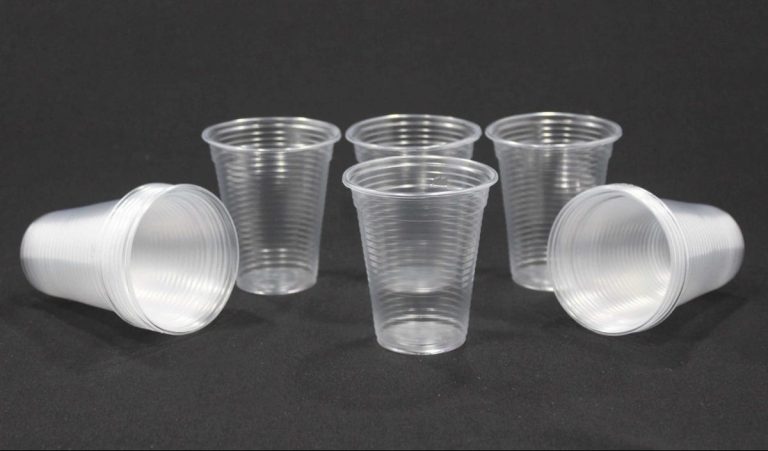
disposable plastic cups
Disposable plastic cups are commonly used at outdoor events where people may socialize with friends while seated. To-go drinks, whether it’s from a cafe, juice bar, or a milkshake from the neighborhood ice bar, are the things that use disposable plastic cups the most.
Since the plastic cups are transparent, it is very easy to see what is in them. In addition, since plastic cups are very durable, they can be used for both alcoholic and non-alcoholic beverages.
Cups made from single-use plastic can sometimes find themselves in competition with cups made from reusable plastic when it comes to what kind of cups event organizers should use for drinks.
This is especially true at festivals and events that last for two days, when guests may not be very good at re-using plastic cups, so it would be more beneficial to use single-use plastic cups. One of the advantages of disposable cups is the number of options available. As each product range has a unique set of features, it is best suited to meet the needs of a specific application.
In other words, the quality of a plastic cup allows us to choose the one that suits our needs. However, if you are not familiar with many types of materials, it can be difficult to choose between them. As a result, it is necessary to check each range and its features.
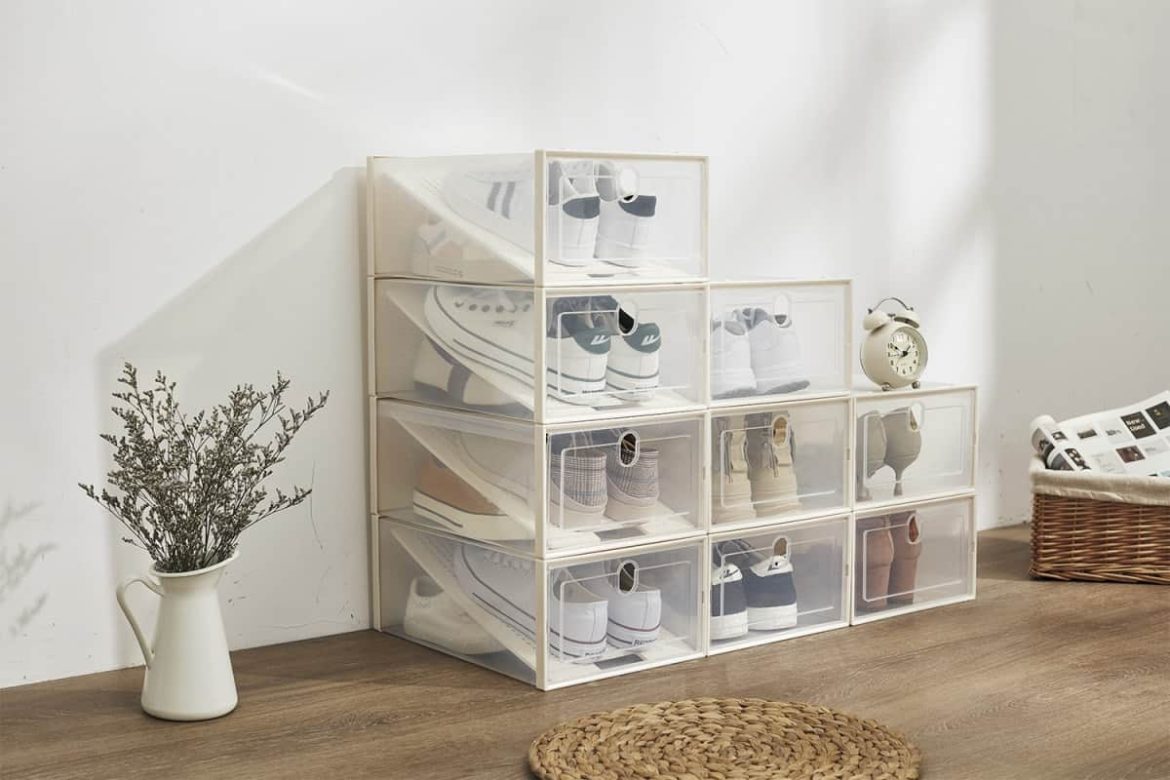
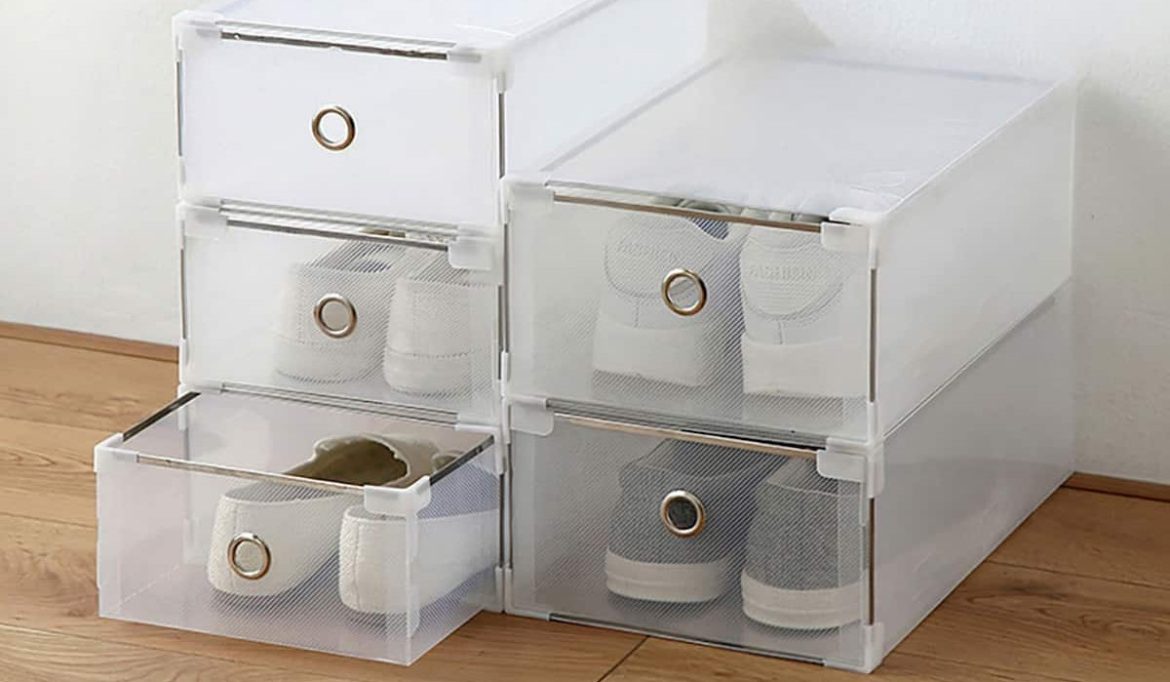
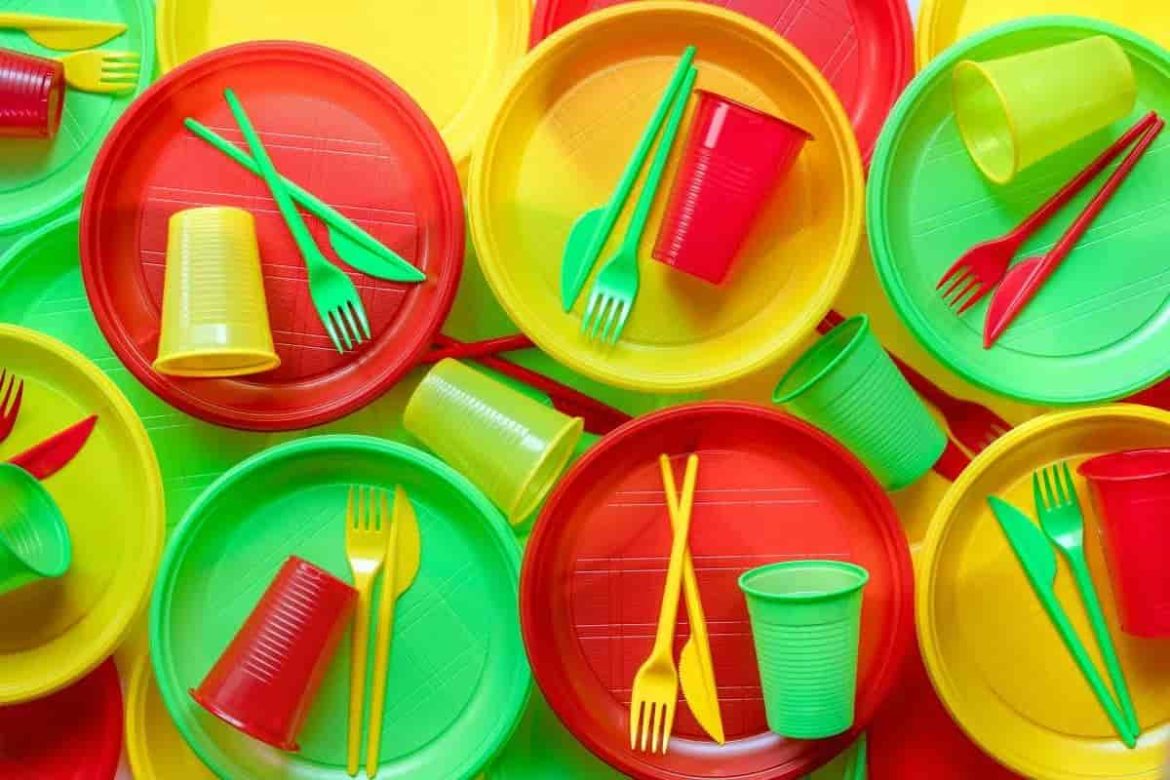
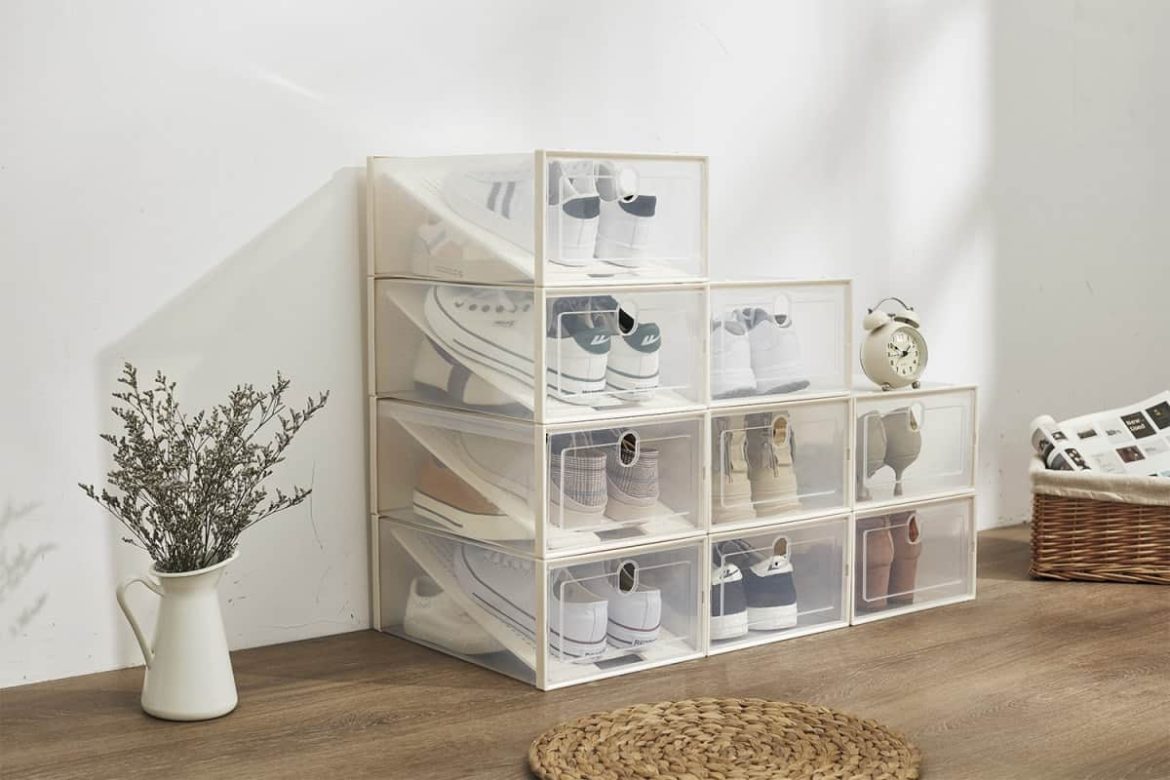
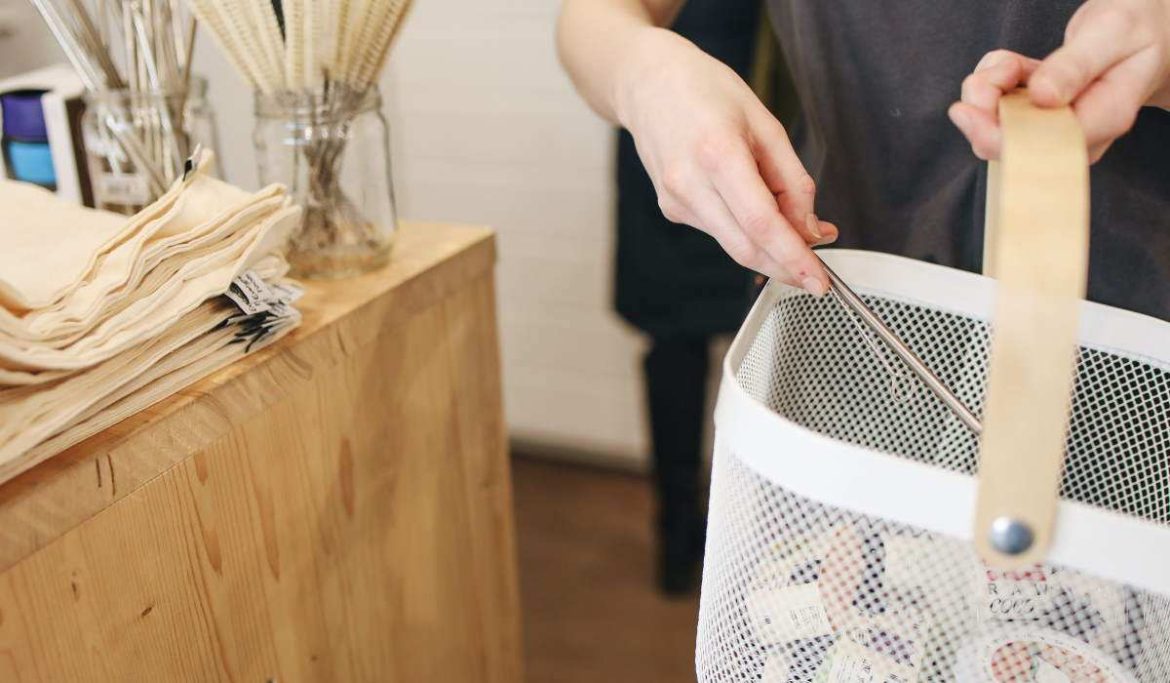

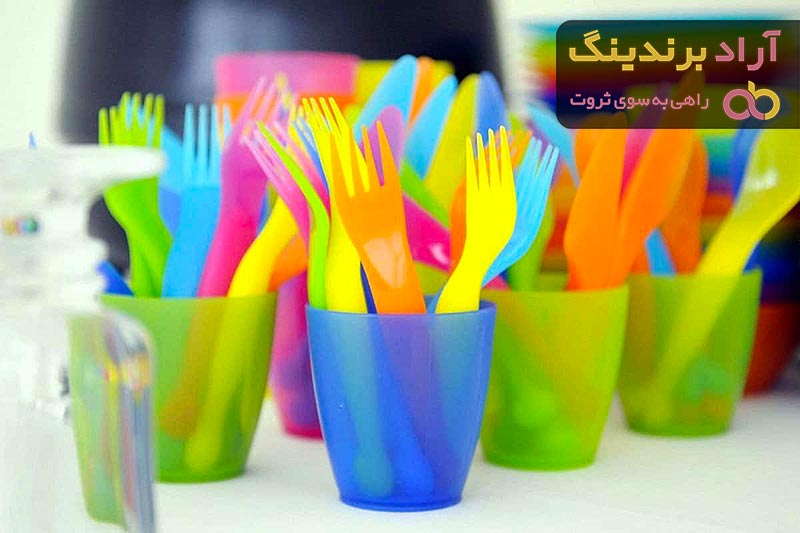
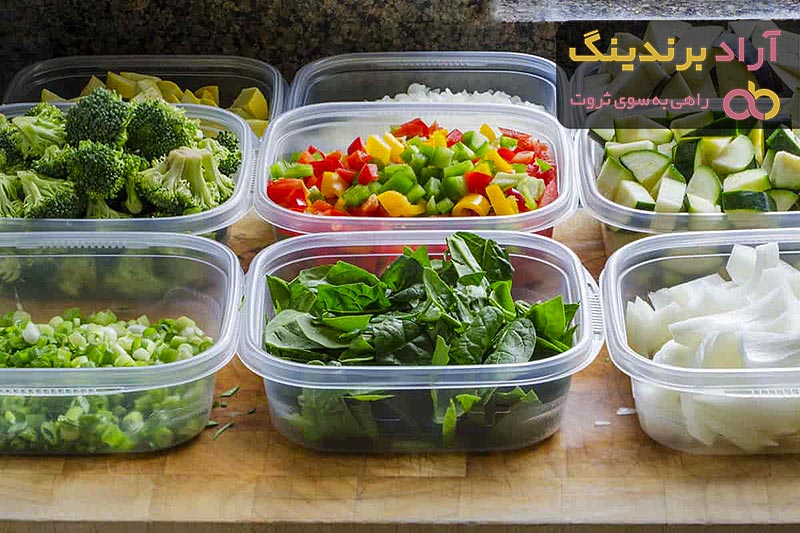


Your comment submitted.